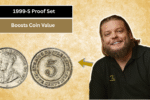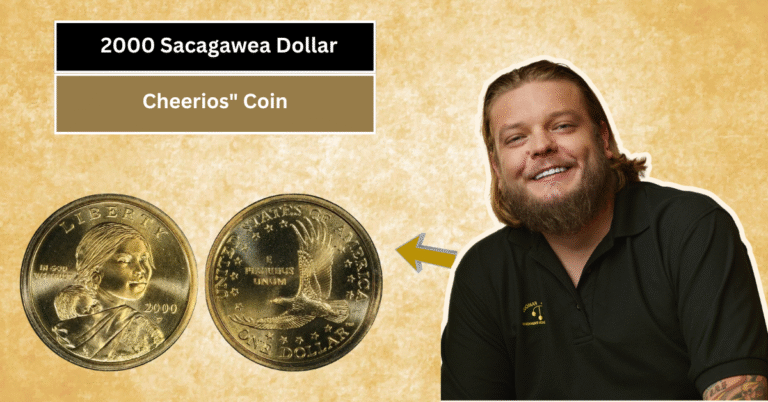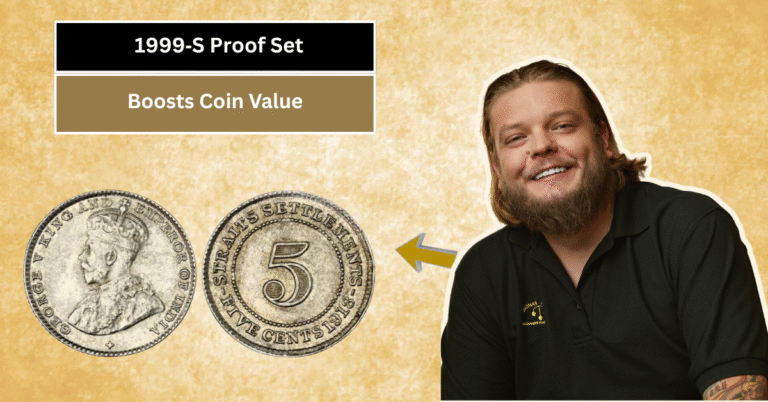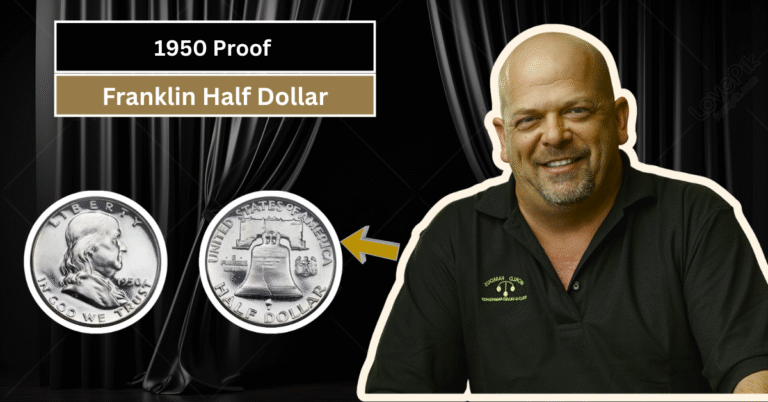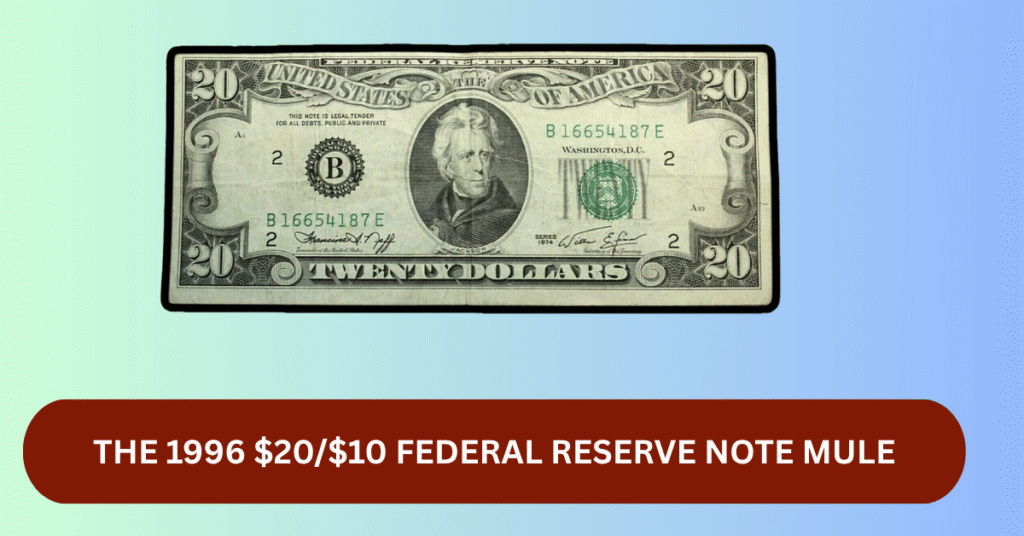
Currency collectors and enthusiasts often get excited about rare and unusual bills. One such incredible example is the 1996 $20/$10 Federal Reserve Note mule. This unique bill features two different denominations printed on the same note, making it a fascinating error that immediately caught the attention of collectors worldwide.
In this article, we will explore what exactly makes the 1996 $20/$10 mule note so rare, how such an error happened, and why a collector once paid an astounding $161,000 for it. Whether you’re just curious or interested in rare currency, this story offers a glimpse into the world of money mistakes that turn into goldmines.
What is a Mule Note?
This Article Includes
- 1 What is a Mule Note?
- 2 How Did the 1996 $20/$10 Mule Error Happen?
- 3 Why are Mule Notes Important for Collectors?
- 4 Why Did This Mule Note Fetch $161,000?
- 5 What Makes the 1996 Mule Different from Other Currency Errors?
- 6 How to Spot a Mule Note or Other Currency Errors
- 7 Conclusion: Why Currency Errors Like the 1996 Mule Captivate Us
A mule note refers to a banknote that mistakenly has two different denominations printed on it. This type of printing error happens when two different sheets run through the printing press together, creating one note with mismatched faces or backs. In the context of U.S. currency, this is a very rare occurrence and highly sought after by collectors.
The 1996 $20/$10 mule is a classic example where the front of the bill shows a $20 denomination, while the back displays $10 details. This odd combination is what makes it a “mule” — the term originally used in numismatics for mixed errors involving two different types of bills.
How Did the 1996 $20/$10 Mule Error Happen?
Printing money involves complex and precise machinery, but mistakes can sometimes slip through. In the case of the 1996 Federal Reserve notes, sheets meant to be printed as $20 bills accidentally got mixed with $10 bill sheets during the printing process. As a result, the notes came out with two different denominations in one.
This kind of printing error is extremely rare because quality checks usually catch problems before distribution. The fact that some of these mule notes made it into circulation is a testament to how tight but not perfect the government’s printing process is. It also means that only a very limited number of these notes exist.
Why are Mule Notes Important for Collectors?
Collectors value errors like mule notes because they are unique and cannot be reproduced. Normal currency gets printed in large quantities with exact specifications, so having a bill that breaks the rules is exciting. It’s like owning a piece of history that shows an unexpected flaw in an otherwise perfect system.
For younger collectors, mule notes exemplify why collecting currency can be fun and rewarding. These errors create stories, boost curiosity, and can be worth a lot more than their face value. The 1996 $20/$10 mule is especially prized because of how rare it is and how clearly the two denominations clash on the same note.
Why Did This Mule Note Fetch $161,000?
The 1996 $20/$10 mule note sold for a staggering $161,000 because of its rarity and significance. Only a handful of these bills are known to exist, making them the holy grail for U.S. currency collectors. The bill’s uniqueness combined with its excellent condition added to its high value.
Auctions for rare currency often attract wealthy collectors and investors who understand the long-term value of such errors. This particular mule note is a trophy piece that proves collectors are willing to pay top dollar—literally—to own a one-of-a-kind item that tells an intriguing story of printing errors.
What Makes the 1996 Mule Different from Other Currency Errors?
Not all currency errors are created equal. Some mistakes involve minor errors like misaligned printing or color variations. But the 1996 $20/$10 mule note is different because it combines two denominations on a single note. This error is not just a small flaw; it completely changes the identity of the bill.
This makes it both fascinating and valuable. Unlike simple misprints, a mule note like this challenges the fundamental concept of currency design. It is also a conversation starter and a prized item for experts who study how money is produced and sometimes goes wrong.
How to Spot a Mule Note or Other Currency Errors
If you are a young collector or just curious about currency, spotting errors like mule notes is exciting and rewarding. Look for mismatched denominations, unusual color patterns, or anything that seems ‘off’ about the bill’s design. Usually, errors are easy to spot if you pay close attention to details on the front and back.
Remember, genuine currency errors like the 1996 mule are very rare, so always get your finds checked by a professional currency grader or expert. This will help you avoid fakes and ensure the error note’s authenticity.
Conclusion: Why Currency Errors Like the 1996 Mule Captivate Us
The story of the 1996 $20/$10 Federal Reserve note mule shows how mistakes can create amazing collectibles. It reminds us that even in the world of money, where precision is expected, surprises can happen. For collectors, owning such a bill is like holding a unique piece of history and a symbol of rarity that can be worth a fortune.
Whether you are just learning about currency or planning to start a collection, the 1996 mule note teaches us to pay attention to details and appreciate the unexpected. Who knows? You might just find the next big treasure hiding in your wallet or cash drawer.


